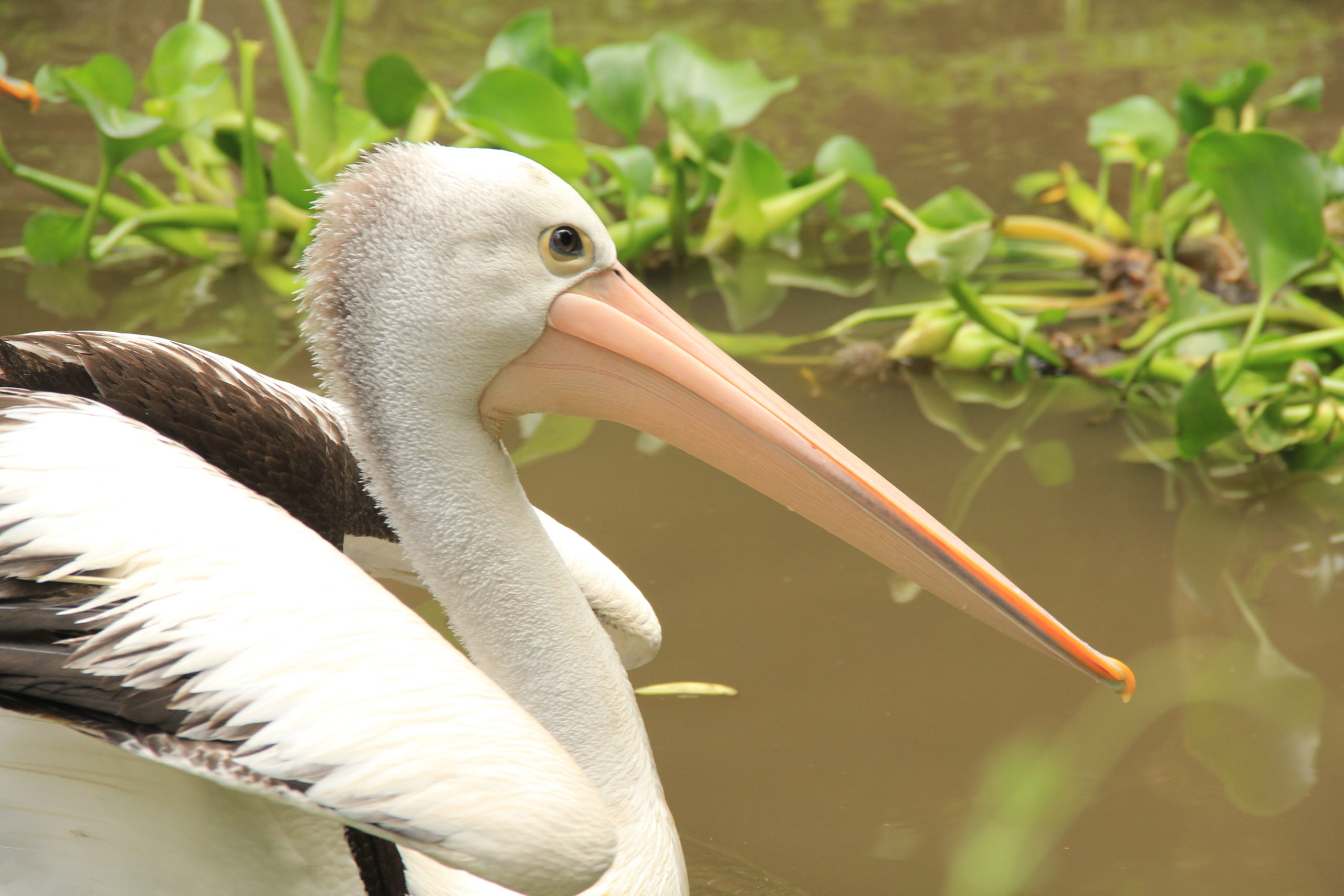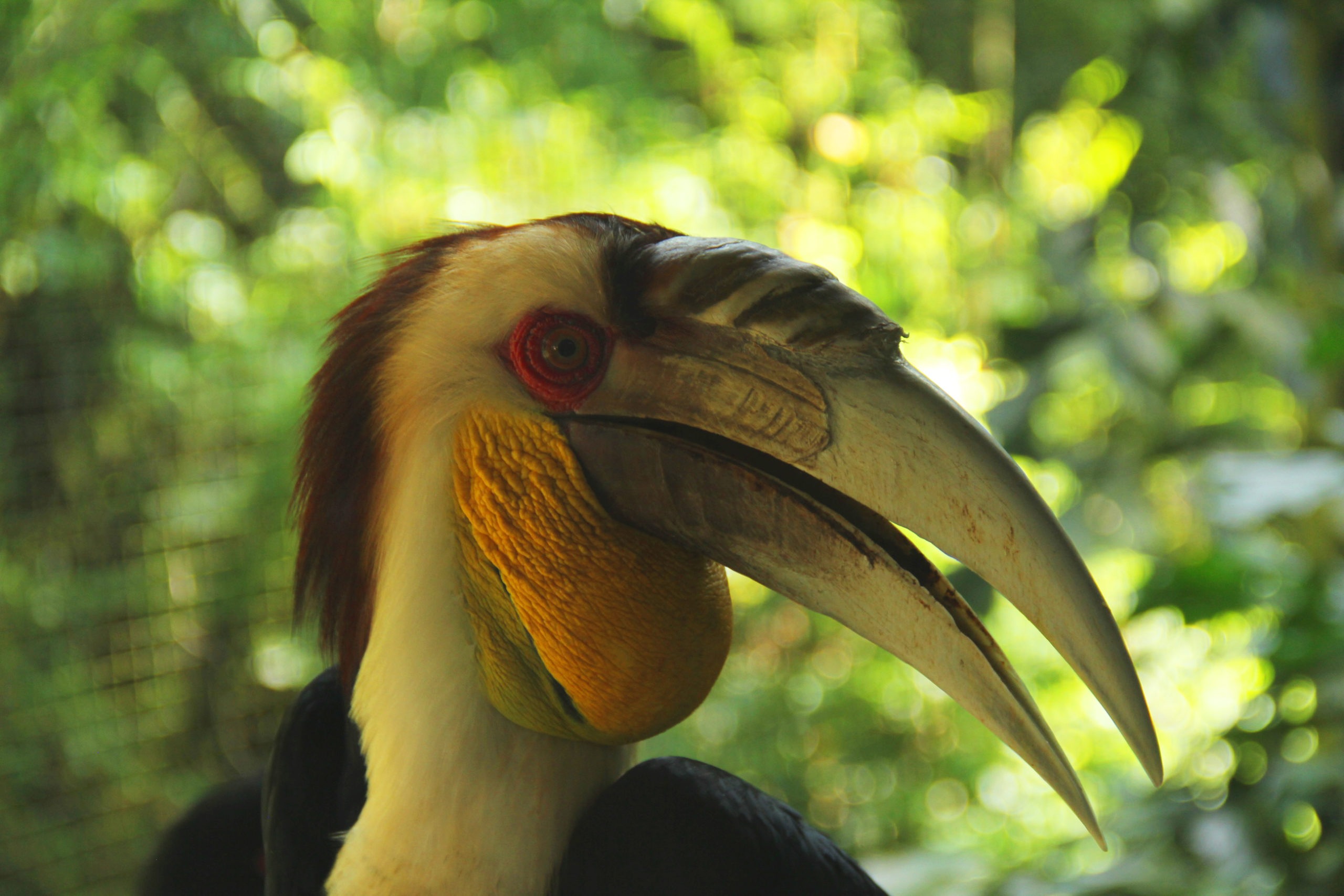Who doesn’t familiar with Pelican and Wreathed Hornbill? These two birds are famous for their huge beaks. However, their beak and other characteristic can be differentiate easily especially if you look them up close.
Aren’t you curious about more specific distinct between them? Let’s take a look and learn together through this article!


Natural Habitat
As a large waterbird in the family Pelecanidae, there’s so many species of Pelicans on the planet. While in Bali Safari Park, you can meet the native species from Australia. They usually live in a wide open waters without dense aquatic vegetation.
Meanwhile, The Wreathed Hornbill ranges across the foothills and evergreen forests of Northeast India to Bangladesh, Southeast Asia and the Greater Sunda Islands.

The Difference Use of Beak
Pelicans have long beak and large throat pouch used for catching prey and draining water from the scooped-up contents before swallowing. Did you know, their pouch can hold up to 3 gallons of water!
The Wreathed Hornbill’s beak is used to catch food such as fruit on trees, as a means of fighting and to protect themselves.

The Size
Included as the largest bird in the world, Pelican have length that can reach up to 2,5 meters. While the hornbill has a beak length of 33cm and has a body size of 150cm with a wingspan of 49cm.
More Facts
Pelican extraordinarily hard to tell apart between the male and the female. The only difference is that the beak of the male is slightly longer!
Diverse by that, Hornbill have more obvious differences as the female’s gular skin is blue, whereas the male’s is bright yellow.

IUCN Status
The last one difference is their current population status in the world. According to IUCN Red List, The Pelican is on Least Concern while The Australian Hornbill is on Vulnerable status.






